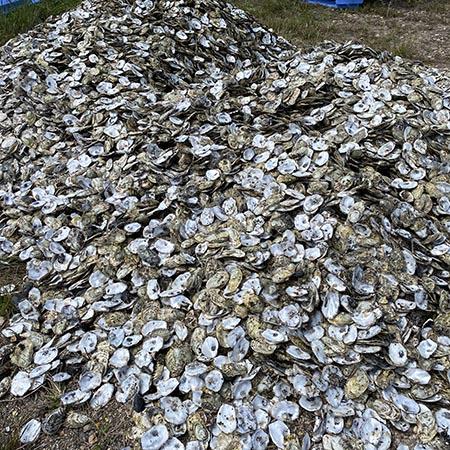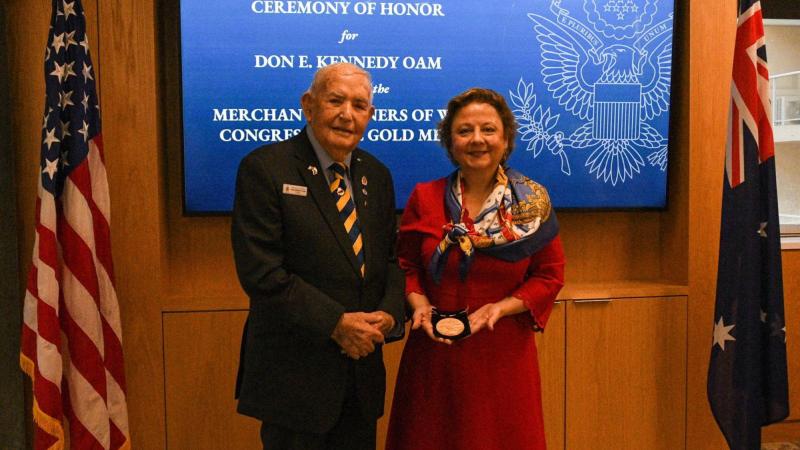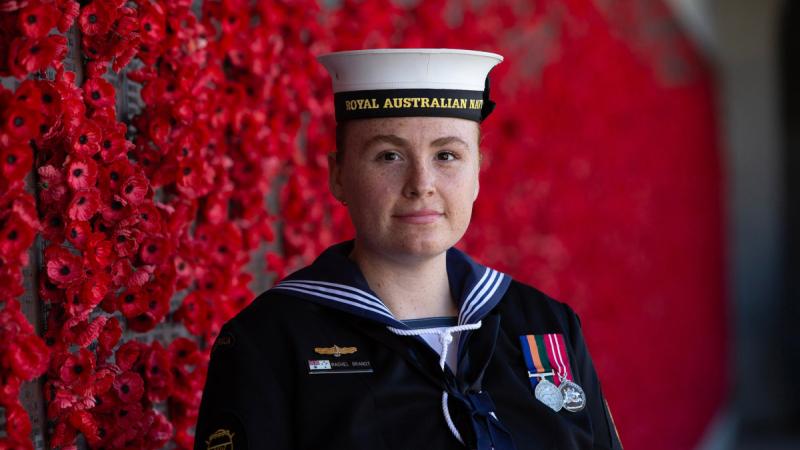An independent scientific review has given Council’s oyster ecosystem restoration project a thumbs-up, suggesting only minor improvements to monitoring and evaluation methods.

Recycling of used oyster shells has begun. Once dried and cured, the shells will be mixed with local rock to form the foundations of natural oyster beds in the river.
Acting Mayor Frank Wilkie said the review added further assurance as to the rigour of the project run by The Nature Conservancy (TNC).
“The peer review assessed The Nature Conservancy’s approach as robust, comprehensive and reflective of their experience in restoring oyster ecosystems around Australia and the world,” Cr Wilkie said.
“The project is part of a range of initiatives aimed at improving the Noosa River’s health and the quality of water flowing out into Noosa’s much-loved World Surfing Reserve, Laguna Bay and the North Shore.”
TNC’s Project Coordinator, Craig Bohm, said the project team had incorporated the review’s recommendations.
“The review gave the project a resounding endorsement and made some small but useful suggestions to improve the monitoring and evaluation systems. We’ve taken that on and we’re adding those improvements in now,” he said.
This week the project began recycling oyster shells supplied by Mooloolaba River Fisheries, shells that once dried, and cured, will be mixed with local rock to form the foundations of natural oyster beds.
“Oysters take a lot of the nutrients out of the water and put it back into the sediment where it belongs, which helps fight algal blooms and stabilise the aquatic ecosystem,” Mr Bohm said.
“The oyster beds provide a diversity of places for animals to aggregate, grow and live, which adds to the complexity of life in the river. That complexity adds to the resilience of the river and helps restore important habitats. Oysters growing on rock walls, pylons and piers do not provide this diversity of ecosystem services.”
The project team, led by Craig Bohm, has already met with more than 60 stakeholders, including commercial and recreational fishers, about the project, and will soon consult further on proposed restoration sites.
“We want local ownership of the project and, wherever we can, we will look for ways for people to be informed and involved,” Mr Bohm said.
Council is also establishing a Stakeholder Reference Group to have input into a range of Noosa River management initiatives, including this three-year project.
TNC has provided $1.2M for the project, facilitated by David Thomas, Chairman of The Thomas Foundation.
“We know from the 2015 study by Dr Ruth Thurston that the oysters were once much more abundant in the river,” Cr Wilkie said.
“The Nature Conservancy has run environmental projects in more than 70 countries, has more than 400 scientists on staff, and is one of the world’s most successful practical conservation organisations.
“TNC is also providing research and advice to the Noosa community on how seagrass beds may be restored and used to manage sediment in the Noosa River ecosystem.”








